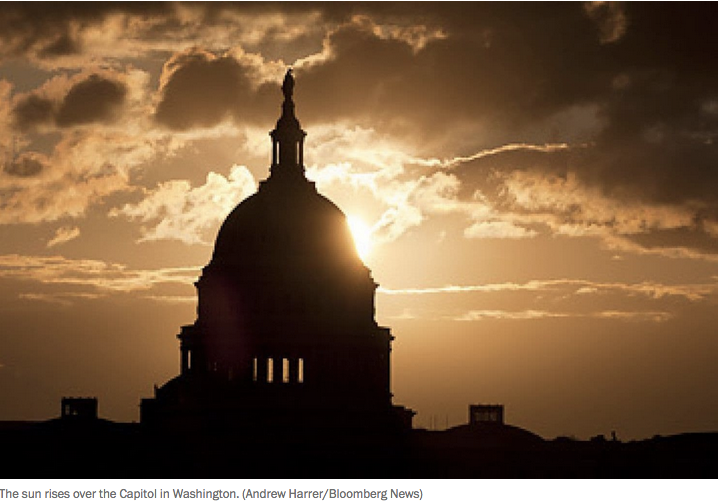The federal government is on track to have a $1 trillion deficit in 2020 — and to continue running yawning deficits for years to come, the nonpartisan Congressional Budget Office predicted Monday.
It’s a report that should make Americans concerned, especially younger ones.
On a basic level, this means the U.S. government is spending way more money than it brings in. This is not a new problem. The United States has been running a deficit every year since 2002, but the situation is about to get really ugly. The country has never run this high of a deficit during good economic times. If spending keeps up at this pace (and there is every indication that it will), President Trump and his successors are going to have less flexibility to pump up the economy during a downturn or even a crisis.
“This is unprecedented,” said Justin Bogie, senior policy analyst on fiscal affairs at the conservative Heritage Foundation.
It doesn’t mean the economy or stock market will crash tomorrow. The United States is able to run such high deficits because the U.S. Treasury turns around and sells U.S. debt to investors around the world. Right now, a lot of people want to buy U.S. government bonds, even though America already has $15 trillion in debt owned by the public. But the problem is no one knows when people might say enough is enough and stop buying U.S. debt — or demand much higher rates of return.
. . .
While Trump campaigned on reducing the debt, he and the GOP-led Congress have made the deficit worse in the past year, according to the CBO calculations. The massive tax cut, especially for corporations, is expected to cut government revenue by $1.3 trillion over the next decade, the CBO says. After taking into account rising interest rates, the tax bill passed in December will cost the country $1.9 trillion over that time period.
Then there’s the budget bill Congress just passed. It increased spending by about 10 percent for both the military (a GOP priority) and domestic programs (a Democratic priority).




